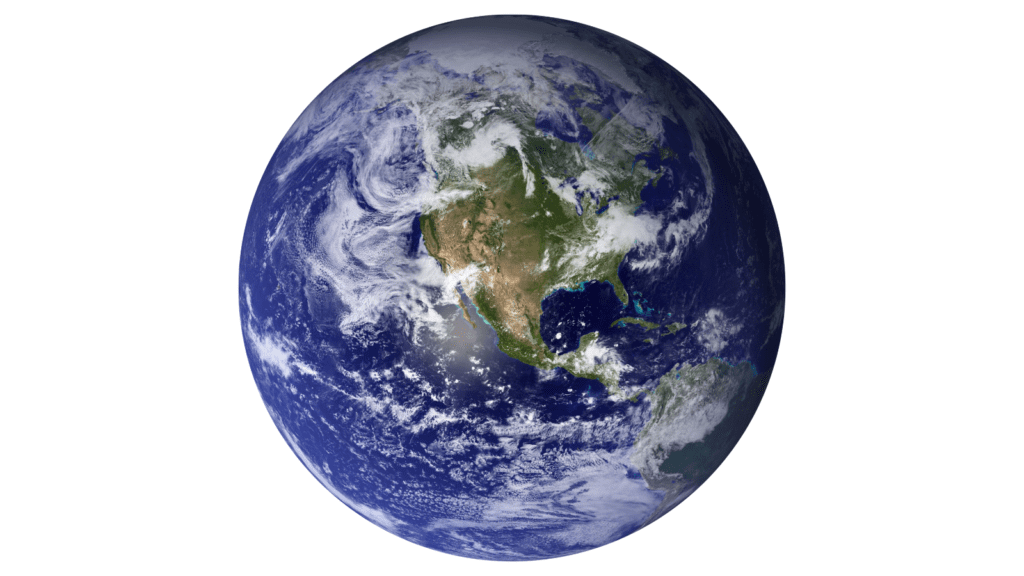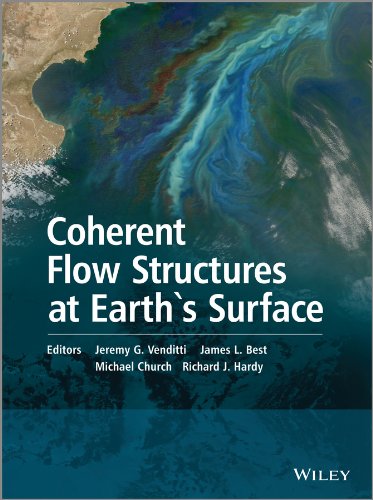Earth’s Atmosphere, Biosphere, Geosphere, and Hydrosphere: Exploring the Key Features of Our Planet
Earth is the third planet from the sun, and the only known planet in the universe that supports life. It is a complex and fascinating place, with a unique combination of physical, chemical, and biological processes that have allowed it to evolve and thrive for billions of years. In this blog, we will explore some of the key features of Earth, including its atmosphere, biosphere, geosphere, and hydrosphere, and the important role that humans play in shaping its future.
The Importance of Earth’s Atmosphere in Regulating the Planet’s Climate and Human Impact on Its Composition
The atmosphere is the layer of gases that surrounds Earth and is held in place by gravity. It is composed mainly of nitrogen (78%) and oxygen (21%), with trace amounts of other gases such as carbon dioxide, methane, and water vapor. The atmosphere plays a crucial role in regulating the planet’s temperature, protecting it from harmful radiation, and providing the air we breathe. However, human activities such as burning fossil fuels, deforestation, and agriculture have altered the composition of the atmosphere, leading to climate change and other environmental problems.
The Biosphere: A Vast Array of Ecosystems and Its Critical Role in Human Survival
The biosphere is the part of Earth’s surface where life exists, including all living organisms and their interactions with each other and with the non-living components of the environment. It includes a vast array of ecosystems, from the oceans to the deserts, and is home to millions of species of plants, animals, fungi, and microorganisms.
The biosphere is essential to human survival, providing food, water, and other resources, as well as regulating the planet’s climate and biogeochemical cycles. However, human activities such as habitat destruction, pollution, and overexploitation of natural resources are threatening the integrity and resilience of the biosphere.
The Geosphere: Shaping Earth’s Surface and Interior, Providing Natural Resources, and Its Disruption by Human Activities
The geosphere is the solid part of Earth, including the rocks, minerals, and soils that make up its surface and interior. It is shaped by geological processes such as plate tectonics, erosion, and volcanic activity, and contains a wealth of natural resources such as metals, minerals, and fossil fuels.
The geosphere also plays a critical role in regulating the planet’s climate and biogeochemical cycles, through processes such as weathering and soil formation. However, human activities such as mining, fracking, and urbanization are degrading the geosphere and disrupting its natural processes.
The Hydrosphere: Essential to Life and Under Threat from Human Activities
The hydrosphere is the part of Earth that consists of all the water on the planet, including oceans, rivers, lakes, groundwater, and atmospheric water vapor. It is essential to life, providing a habitat for aquatic organisms, regulating the planet’s temperature, and serving as a source of food, energy, and transportation for humans.
However, the hydrosphere is also under threat from human activities such as pollution, overfishing, and climate change, which are causing widespread degradation of marine and freshwater ecosystems.
Humans and Earth’s Future: The Power to Shape a Sustainable and Resilient Future
Humans are an integral part of Earth’s ecosystems, and our actions have a profound impact on the planet’s health and well-being. As our population grows and our technology advances, we are facing unprecedented challenges such as climate change, biodiversity loss, and resource depletion. However, we also have the power to shape a sustainable and resilient future for ourselves and for the planet.
To do this, we need to adopt a holistic and integrated approach to environmental management, one that takes into account the complex interconnections between Earth’s different systems and recognizes the importance of biodiversity, ecosystem services, and social equity. We need to invest in renewable energy, sustainable agriculture, and conservation of natural habitats, and reduce our reliance on fossil fuels, single-use plastics, and other environmentally harmful practices.
We also need to prioritize education and awareness-raising, to help people understand the importance of Earth’s ecosystems and the impacts of human activities on them. This includes teaching future generations about sustainability and environmental stewardship, as well as empowering individuals and communities to take action to reduce their ecological footprint and protect the planet.
Governments, businesses, and other organizations also have a critical role to play in shaping a sustainable future for Earth. They can set policies and regulations that promote environmentally friendly practices, invest in clean technologies and infrastructure, and support conservation efforts and sustainable development initiatives.
In conclusion, Earth is a remarkable and unique planet that has sustained life for billions of years. However, human activities are threatening the health and integrity of Earth’s ecosystems, and we must take urgent action to address these challenges and shape a sustainable future for ourselves and for the planet. By working together and adopting a holistic and integrated approach to environmental management, we can create a world that is healthy, resilient, and sustainable for generations to come.








